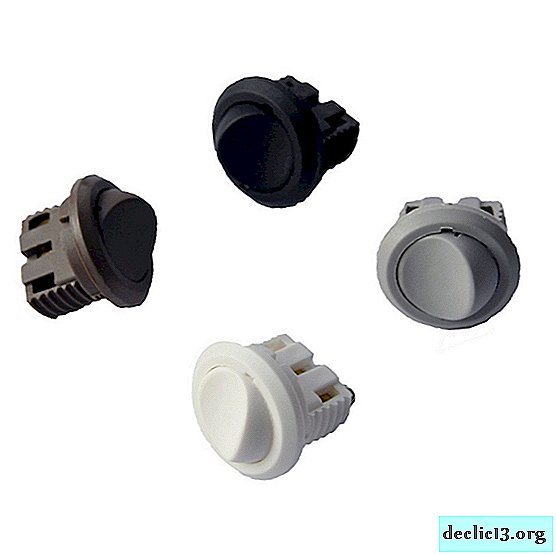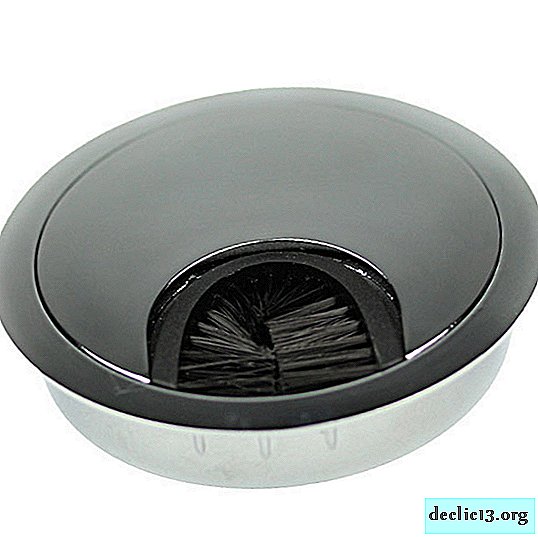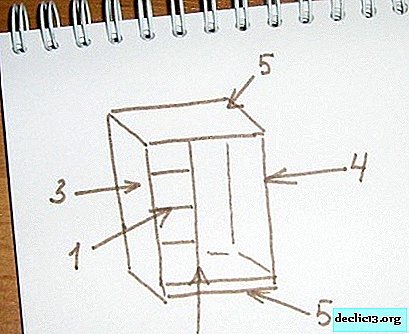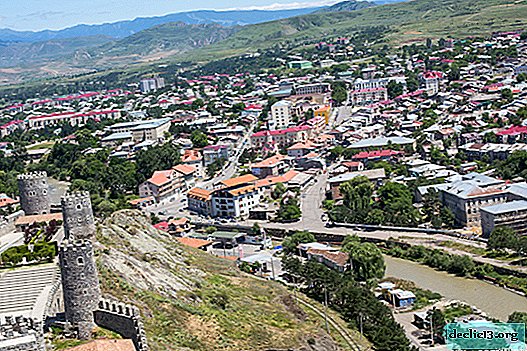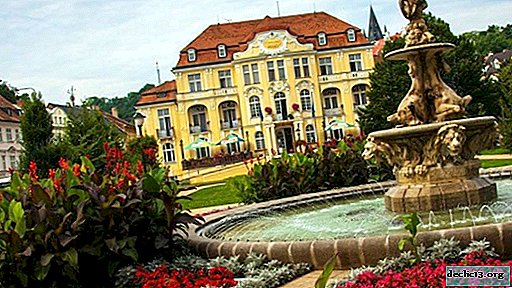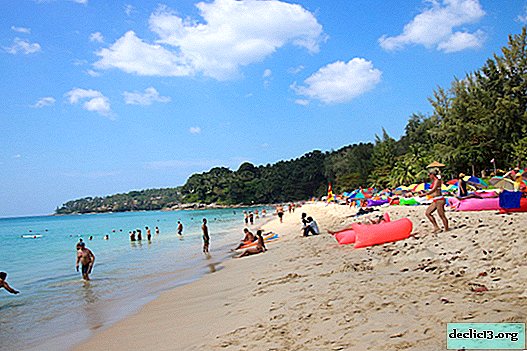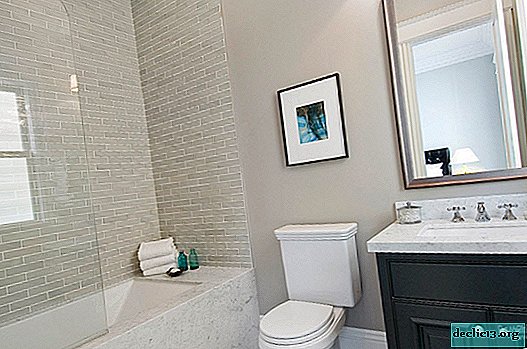Prague metro: working hours, scheme and how to use
Prague metro is a good option if you need to quickly get from one remote area of the city to another. From early morning until late at night, trains run every 3-13 minutes, and the Prague metro is considered the seventh largest passenger traffic in Europe.
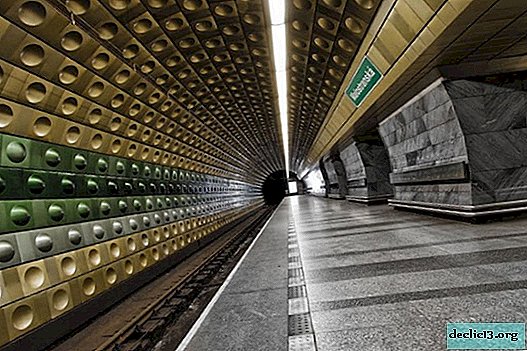
City transport in Prague is a well-established scheme that connects all parts of the city into a single system. Public transport in Prague should include: metro, buses, trolleybuses, trams and a cable car. By the way, the first trolleybus was launched here in 2017 - before that there was a break for a period of 45 years.
It is very convenient that all types of transport are subject to the same types of tickets. But the working hours of the metro in Prague and public transport are different. For example, buses run:
- daily routes - 04.30 - 0.30 (interval of movement - 5-20 minutes);
- nightly - from 0.30 to 4.30 (traffic interval - 30-60 minutes).
If you need to travel long distances, it is better to choose the metro - it travels quickly and regularly. And if you want to see Prague in full detail during your trip, stop by bus or funicular, which rises to Petřín Hill.

Underground Overview
The first stations of the Prague metro (line “Florenc” - “Kačerov”) were opened on May 9, 1974. In the 1980s and 90s, another 20 stations, which are located on lines A and C, began their work. In the early 2000s, 11 metro stations were renamed as their names bore “revolutionary, communist and Soviet meaning”.
In 2002 and 2013, due to severe flooding, the Prague metro was flooded, and train traffic was completely stopped. The last metro station was commissioned in 2015.

More than 1 million people are transported by the Prague metro per day. The annual passenger flow is 584 million passengers. Most metro stations have several exits (usually they are not equipped with an escalator, because the depth is not great). The exception is Náměstí Míru (53 m), which is considered the deepest in Europe.
Metro map
The metro scheme in Prague is as follows. It consists of lines:
- A is green;
- B is yellow;
- C is red.
The longest is yellow (24 stations). There are 17 stations on the green line and 20 on the red line. In total, there are 57 stopping points in the Prague metro.

The Prague metro lines cover almost all districts of the city and neighboring settlements. The yellow line connects the westernmost district of Prague Zlichin and one of the oldest gardens in the city - the Garden of Eden. There are 2 interchange stations on the yellow line - Mustek and Florenc (the last is the bus station in Prague).
The red line connects Háje (here is another bus station of the city) and Ládví. Now 3 more metro stations are under construction on the red line, and it is planned that the Letnany stop will be the final stop soon. There are two interchange points on the line - Florenc and Muzeum.
The green, the shortest metro line, originates in the Dejvicka district - one of the most important connecting points in Prague. Everyone who goes to the airport passes this place. The final (eastern) point of the branch is Depo Hostivař, which is located on the outskirts of the industrial district of Strasnice. There is one interchange point on the green line - Muzeum (transition to the red branch).
Since the metro runs in almost all areas of the city, it is more profitable to rent housing not in the center, but in sleeping areas - it is convenient to get to the sights, and housing on the outskirts is cheaper.
Hours and Intervals

So, how long does the metro in Prague work? The subway opens at 5 a.m., and closes at 00.00 (the exception is Friday evening and public holidays, when the metro is open until 01.00).
It is interesting that the very first and last composition is always allowed along the most demanded - red branch.
At rush hour (7.00 - 9.00 and 16.30 - 19.30) trains arrive every 3-4 minutes, and the rest of the time it runs every 5-13 minutes. The operating hours of the metro in Prague are standard, as in most European cities.
Compare accommodation prices using this form
Fare
 Paper coupon
Paper couponThe fare in the Prague metro is very different from the usual scheme: there are no turnstiles at the entrance, but there are a lot of controllers in the metro (like in buses and trolleybuses), and it’s quite difficult to notice them. To travel in the Prague metro you need to buy a ticket, which can be of three types:
- Disposable paper coupon. You can buy it in special machines installed in the subway, or in one of the kiosks on the street (some of them work 24 hours).
- Opencard. This is a plastic card with a certain number of trips. It can be obtained at the Opencard Service Center at Praha 1, Škodův palác, Jungmannova 35/29.
- SMS ticket. A ticket that can be purchased on the Internet.
It is interesting that the fare in Prague metro and on all other modes of transport is the same, so the prices below are valid not only for metro travel.

The cost of the metro in Prague is detailed below.
Paper couponsPrice (CZK):
| Adult (15 years and older) | Child (6-14 years old) | Senior citizen (60 to 70 years old) | |
|---|---|---|---|
| Standard | 32 | 16 | 16 |
| Short | 24 | 12 | 12 |
| One day | 110 | 55 | 55 |
| Three day | 310 | absent | absent |
For children under 6 years old and older people over 70 - free travel.
There are also tickets for a certain number of days (price in crowns):
| adult | teenager (15 to 18 years old) | senior citizen (60 to 70 years old) | student (18 to 26 years old) | |
|---|---|---|---|---|
| For a month (30 days) | 550 | 130 | 130 | 130 |
| Per quarter (90 days) | 1480 | 360 | 360 | 360 |
| For 5 months (150 days) | 2450 | absent | absent | absent |
| For a year (365 days) | 3650 | 1280 | 1280 | 1280 |
Please note that when buying a ticket at a student or teenage rate, you must have a student card with you or any other document confirming that you are studying at school, college or university.
When entering the metro, do not forget to stamp the ticket, otherwise you will have to pay a fine.
OpencardYou can purchase a plastic card for a period of:
| Month (30 days) | 670 CZK |
|---|---|
| Quarter (90 days) | 1880 CZK |
| Year (365 days) | 6100 CZK |
It is important to note that you cannot come and immediately buy an electronic card for trips in the Prague metro. It must be ordered in advance at Praha 1, Škodův palác, Jungmannova 35/29. For its registration it is necessary to have a passport, a photograph of 3.5 x 4.5 cm and a certificate from the place of study (for students and adolescents).

Using an electronic card will be more profitable for the residents of Prague, because they can also use an opencard as a library card, visit museums and theaters in the city at a discount, and pay for parking. In addition, the fare on the card in the Prague metro will be much cheaper than if you buy a ticket every day. But for tourists this is not the most suitable option.
The cost of an opencard is 100 CZK (+ 50 CZK for delivery to the specified address). Production time is 14 days, but if you pay 250 CZK, you can get it on the same day.
Remember that it is forbidden to transfer the card to third parties: if the controllers understand that the card does not belong to you, they may withdraw it.
SMS ticketsSMS tickets can be purchased by sending a free text message to number 90206 with a code (see table), and in a few minutes an SMS will be sent to the phone about the ticket purchased. Vodafone, O2 or T-mobile subscribers can use this feature. To purchase a ticket, it is important that the required amount is on the account. For tourists in Prague, a special application has been developed - SEJF Mobile wallet, through which you can purchase a ticket without a commission.

SMS ticket price (CZK):
| The code | Time of action | Price |
|---|---|---|
| DPT24 | 30 minutes | 24 |
| DPT32 | 90 minutes | 32 |
| DPT100 | 24 hours | 100 |
| DPTA | order of a duplicate of a previously sent coupon | 6 |
It is also worth remembering that luggage (large bags, suitcases, sports equipment) is paid separately (16 kroons). But a stroller, bicycle or dog can be spent for free.
Fines

It is almost impossible to notice the controller in the Prague metro, because they have no uniforms and special equipment. When you are asked to present a ticket, the conductor will definitely get it and show his badge with an individual number - each employee has one. In case of doubt, you can also ask to present a certificate.
You need to know that the controller can approach the passenger not only in the car, but even at the entrance to the platform.
Riding a hare in the Prague metro is not the best idea, because the controllers do not have too much work, and they are everywhere here: they can be found near escalators, on the platform, and in cars. The fine for stowaways is 1,500 kroons. If you pay it right away, the amount will be 1200 kroons.
It is important to note that if you just forgot your opencard at home, then the fine will be only 50 kroons.
How to use the subway
Walking around Prague, you are unlikely to see large signs and schemes with the inscription “metro” or signs with a big red letter “M” - the descent into the subway here is more like a regular underground passage, so pay attention to inconspicuous entrances.

Often at the entrance to the metro can hang the following signs, meaning:
| Letter, image | Value |
|---|---|
| I | there is an information point in the subway |
| Aircraft Image | There are bus stops and minibuses to the airport near the metro exit |
| Wheelchair Image | the platform is equipped with everything necessary for people with disabilities |
| PP | nearby there are intercepting parking lots |
| S | there is a train stop nearby |

When you enter the subway, you must go down the stairs, or, if the station is deep, take the escalator. As stated above, there are no turnstiles in the Prague metro. It is necessary to break through the ticket yourself. Composters stand at the entrance to each subway platform. You need to insert a ticket and wait for the sound signal. On the coupon time and place of payment of travel will be beaten off.
After you get to the platform. The underground in Prague is very concise and simple - there are no interesting design solutions or unusual designs. For residents of Prague and tourists it is just a means of transportation. On each platform is a train flow diagram.

Please note that in the guides the ground transportation patterns are supplemented by the names of the metro stations, which is not very convenient, since underground and ground stops are called differently and you can easily get confused. Use the usual metro scheme.
In order to better navigate the Prague metro and not get confused in the scheme, it is worth remembering a few words:
| Word | Transfer |
|---|---|
| linka | line (branch) |
| přestup | transition |
| výstup | entrance |
| Pozor! | Attention! |
| eskalátor | escalator |
| Příští stanice | Next stop |
| Přestup na linku A / B / C | transition to line A / B / C |
| přestupní stanice | Next stop |
| schody | stairs |
| výtah | elevator |
| vlakové nádraží | Train Station |
| autobusové nádraží | bus station |
| kontrolor | controller |
| poukaz | ticket |
Using the metro in Prague is as easy as using other European cities. The main thing is to study in advance the scheme and time of work.
Prague metro is one of the most convenient undergrounds in Europe. Ticket prices are affordable, and a relatively small number of stations will not allow tourists to get lost.
Video about transport in Prague: a visual aid, where and how to buy tickets, how to use the metro.

